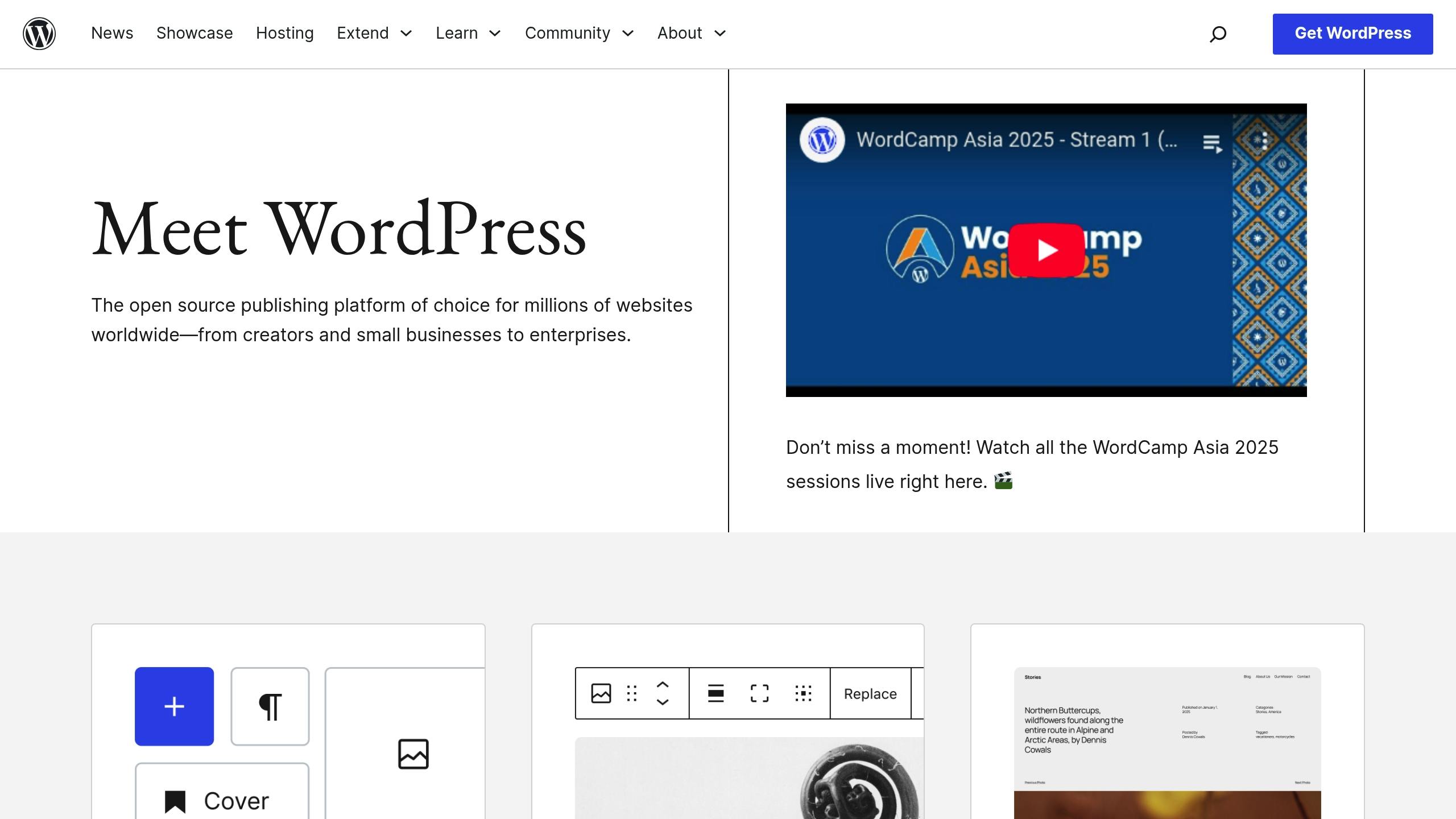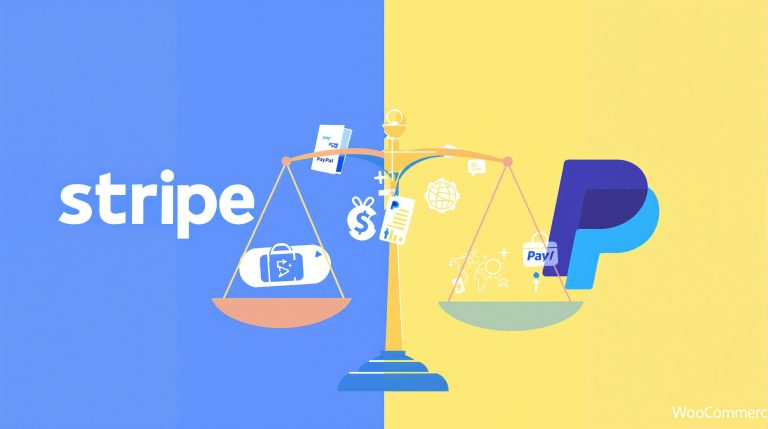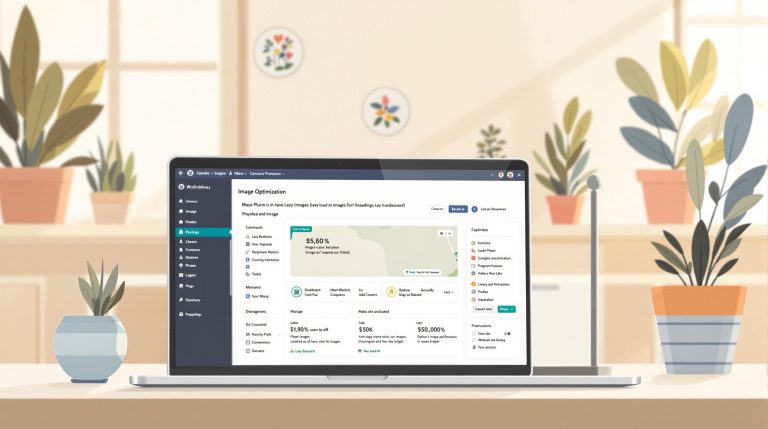Best WordPress Permalink Structure for SEO
Want better SEO for your WordPress site? Start with your permalinks. The right URL structure can improve search rankings, boost click-through rates, and make your site easier to navigate. Here’s the key takeaway:
- Best Permalink for SEO: Use the "Post Name" structure (
/%postname%/) for clean, keyword-rich URLs. - Why It Works: It’s simple, descriptive, and easy for users and search engines to understand.
- Other Options: For large sites, use
/%category%/%postname%/to organize content. For news sites, include dates to highlight publication time.
Quick Setup Steps:
- Go to WordPress Settings → Permalinks.
- Choose "Post Name" or a structure that fits your site’s needs.
- Save changes and use 301 redirects for any URL updates to avoid SEO issues.
Pro Tip: Keep URLs short, use hyphens, and avoid special characters for better readability and performance.
Let’s dive deeper into how to optimize WordPress permalinks for SEO.
The BEST WordPress Permalink Settings for SEO

What Makes URLs Good for SEO
Let’s dive into how URL structure can influence SEO, building on WordPress permalink options. While URLs aren’t a major ranking factor, they do play a role in how search engines understand content and how users interact with your site .
Key Elements of SEO-Friendly URLs
A well-structured URL includes specific components that enhance both search visibility and user experience:
- HTTPS Protocol: Always opt for HTTPS to ensure security and boost SEO .
- Domain Structure: Organize your site using subfolders instead of subdomains.
- Better: example.com/blog/post-title
- Avoid: blog.example.com/post-title
- URL Formatting: Stick to these guidelines:
- Use hyphens (-) to separate words.
- Keep everything in lowercase.
- Avoid special characters and extra, unnecessary words.
"URLs with words that are relevant to your site’s content and structure are friendlier for visitors navigating your site." – Google
Examples of Good vs. Bad URLs
Here’s a comparison to highlight effective URL practices versus less effective ones:
| Good URL Structure | Poor URL Structure | Why It Matters |
|---|---|---|
| example.com/wordpress-seo-guide | example.com/?p=10467 | Descriptive and keyword-rich |
| example.com/store/kitchen/blenders | example.com/store.php?cat=4&subcat=67 | Clear hierarchy without unnecessary parameters |
| example.com/blog/seo-tips-2025 | example.com/blog/03/22/2025/SEO_TIPS_FOR_WORDPRESS | Simple, concise, and easy to read |
Shorter URLs tend to perform better, with a Brafton study showing they lead to more social shares . Additionally, research suggests that URLs positioned below longer ones in search results can receive up to 250% more clicks .
Google’s John Mueller explains: "We use the words in a URL as a very very lightweight factor. And from what I recall, this is primarily something that we would take into account when we haven’t had access to the content yet" .
WordPress Permalink Options
WordPress provides several permalink structures that can influence both SEO and site navigation.
Common Permalink Types
Here’s a breakdown of WordPress permalink options and their SEO performance:
| Permalink Type | URL Example | SEO Performance |
|---|---|---|
| Plain | example.com/?p=123 | Poor – No keywords or context |
| Day and Name | example.com/2025/02/23/sample-post | Moderate – Includes keywords but can appear outdated |
| Month and Name | example.com/2025/02/sample-post | Moderate – Similar pros and cons as Day and Name |
| Numeric | example.com/archives/123 | Poor – Lacks descriptive keywords |
| Post Name | example.com/sample-post | Excellent – Clean, keyword-focused |
| Custom Structure | example.com/%category%/%postname%/ | Allows tailored organization |
One of these stands out as the top choice for SEO.
Best Permalink Structure for SEO
The "Post Name" format (/%postname%/) is considered the most SEO-friendly option. It generates simple, keyword-rich URLs that are easy for users and search engines to understand .
"URLs with words that are relevant to your site’s content and structure are friendlier for visitors navigating your site." – Google
However, different website types may benefit from other structures:
- News Sites: The Day and Name format works well for time-sensitive articles, making it easy for readers to identify the publication date .
- Large Websites: A custom structure like
/%category%/%postname%/helps organize extensive content and aids search engines in indexing . - Business Websites: The Post Name structure is perfect for evergreen content, keeping URLs concise and focused on key terms .
When selecting a permalink structure, think about your site’s purpose and content strategy. For example, large sites with many categories may benefit from a category-based structure to improve organization and search engine indexing .
sbb-itb-a010687
Setting Up SEO-Ready Permalinks
Creating SEO-friendly permalinks in WordPress involves setting up the right technical configurations and making smart structural choices.
Changing Permalinks in WordPress
To adjust your permalink settings in WordPress:
- Go to Settings → Permalinks in your WordPress dashboard.
- Review the available options for permalink structures.
- Choose the "Post Name" option for a clean, keyword-focused URL.
- Click "Save Changes".
If WordPress doesn’t update your .htaccess file automatically, you’ll need to add the rewrite rules manually.
Once the basic settings are in place, you can further customize individual URL components to better fit your site’s needs.
Building Custom URL Structures
After selecting a basic structure, you can fine-tune your URLs using custom tags. WordPress offers several tags to help you create tailored structures:
| Tag | Output | Best For |
|---|---|---|
| %postname% | Post/page title | Standard posts |
| %category% | Category name | Organizing by topics |
| %author% | Author username | Multi-author websites |
| %year% | Publication year | News or time-sensitive |
| %post_id% | Unique post ID | Technical references |
For larger websites, here are some effective custom structures:
- Content-heavy sites:
/%category%/%postname%/ - Multi-author platforms:
/%author%/%postname%/ - News websites:
/%year%/%postname%/
Pro tips for URL design:
- Use hyphens to separate words for better readability.
- Keep URLs short and clear to improve user experience.
- Avoid adding dates unless your content is time-sensitive.
Shorter, keyword-rich URLs often rank better in search results and are easier to share. For example, WPBeginner uses the /%category%/%postname%/ structure to organize its vast content library while maintaining strong SEO performance .
Quick Tip: Test your URL structure by creating a draft post before applying changes site-wide.
For more WordPress tips and advanced tutorials, check out 8DegreeThemes.
Problems When Changing Permalinks
Adjusting your URL structure can shake things up for your website’s SEO and user experience. If you’re running a WordPress site and decide to change your permalink structure, there are some risks you need to address to avoid losing the SEO momentum you’ve worked hard to build.
Risks of Changing URL Structure
Changing URLs on an established site isn’t a small tweak – it comes with some serious challenges:
Impact on Search Engines
- Search engines need time to re-crawl and re-index your site, which can lead to temporary drops in rankings.
- Backlinks pointing to your old URLs become useless unless you set up proper redirects.
- Internal links can lose their SEO value if not updated correctly.
User Experience Problems
- Visitors using bookmarked pages may encounter 404 errors.
- Social media shares tied to old URLs lose their metrics unless redirected.
- Email campaigns with outdated links can break, frustrating your audience.
Here’s an example: In September 2024, Firestarter SEO reported a case where a blog post URL was changed from "yourwebsite.com/best-hiking-trails-colorado" to "yourwebsite.com/colorado-hiking-trails" without setting up redirects. The result? Immediate traffic drops and lost rankings .
To prevent these issues, using 301 redirects is a must.
Why 301 Redirects Are Crucial
301 redirects act as a safety net, transferring ranking signals from old URLs to new ones. This ensures your SEO efforts remain intact, even after making changes to your permalink structure.
"301 redirects are important in SEO because they help your site maintain its search visibility by transferring search engine rankings and ranking signals from old pages to replacement pages." – Semrush
In 2016, Google confirmed that 301 redirects no longer result in PageRank loss, making them the go-to solution for URL changes .
How to Implement 301 Redirects
- Plan Your Redirects: Map out old URLs and their corresponding new URLs carefully.
- Use Plugins: WordPress plugins like "Simple 301 Redirects" or "Redirection" simplify the process.
- Submit a New Sitemap: Update and submit your XML sitemap in Google Search Console.
- Monitor Performance: Use tools like Broken Link Checker to ensure everything is working smoothly.
Tips for Effective Redirects
- Redirect only to the main (canonical) URLs.
- Avoid creating redirect chains, which can confuse search engines.
- Remove redirected URLs from your sitemap to keep it clean.
- Update all internal links to point to the new URLs directly.
Before rolling out these changes on your live site, test everything on a staging site to catch any issues early.
After Implementation
- Check Google Search Console for crawl errors or warnings.
- Keep an eye on your analytics for any unusual traffic patterns.
- Verify that social media share counts are intact.
- Update all marketing materials, including email campaigns and ads, to reflect the new URLs.
URL Structure Tips for WordPress
Creating effective permalinks is all about balancing ease of use for visitors with SEO best practices. Here’s how to craft URLs that work well for different types of WordPress sites.
Basic URL Guidelines
A good URL is simple, descriptive, and optimized for search engines. Here are some key tips to follow:
- Use HTTPS to ensure security and improve SEO.
- Add relevant keywords that reflect the page content.
- Separate words with hyphens for clarity.
- Keep URLs concise – ideally under 60 characters.
- Avoid unnecessary words like "and", "the", or "of."
"URLs with words that are relevant to your site’s content and structure are friendlier for visitors navigating your site." – Google
Example of a bad URL:
http://www.example.com/news/article/0,,30200-1303092,00.html
Example of a good URL:
https://aioseo.com/what-is-a-permalink/
The second example uses keywords, proper word separation, and HTTPS, making it more SEO-friendly and easier to understand .
Best URL Practices for Different Site Types
Different types of WordPress sites benefit from tailored URL structures. Here’s how to optimize them:
eCommerce Sites: Use category-based URLs to make navigation clear and logical.
https://www.example.com/store/category/kitchen/appliances/blenders/blend-jet/
Blog Sites: Remove dates from URLs to keep content relevant over time.
Better URL:
https://example.com/blog-post-title
Avoid:
https://example.com/2025/02/23/blog-post-title
Large Content Sites: Organize content with a category-based structure.
/%category%/%postname%/
This structure makes it easier for users and search engines to find content .
Portfolio Sites: Use project-specific URLs to highlight individual work.
https://example.com/portfolio/project-name
When planning your URL strategy, think about how your site might grow in the future. A solid structure now can save you headaches later .
Conclusion
The structure of your permalinks plays a key role in WordPress SEO. Using the ‘Post Name’ format is especially useful for business websites with evergreen content .
Studies confirm that URLs can influence click-through rates . This makes it essential to carefully plan your permalink structure, whether you’re setting up a new site or tweaking an existing one.
For websites that have been active for more than six months and already use a structured permalink setup, it’s best to avoid changes. If you absolutely need to make adjustments, ensure you use 301 redirects to maintain your SEO rankings .
"URLs are a stable foundation. Once set, changing them can cause more harm than good, leading to broken links and lost SEO juice – unless properly managed with redirects." – Ryan Ratkowski, founder of Cascade Interactive
Key points to keep in mind:
- Opt for the ‘Post Name’ structure for better SEO
- Include relevant keywords and keep URLs short
- Use 301 redirects for any changes
- Check for and resolve 404 errors after updates





